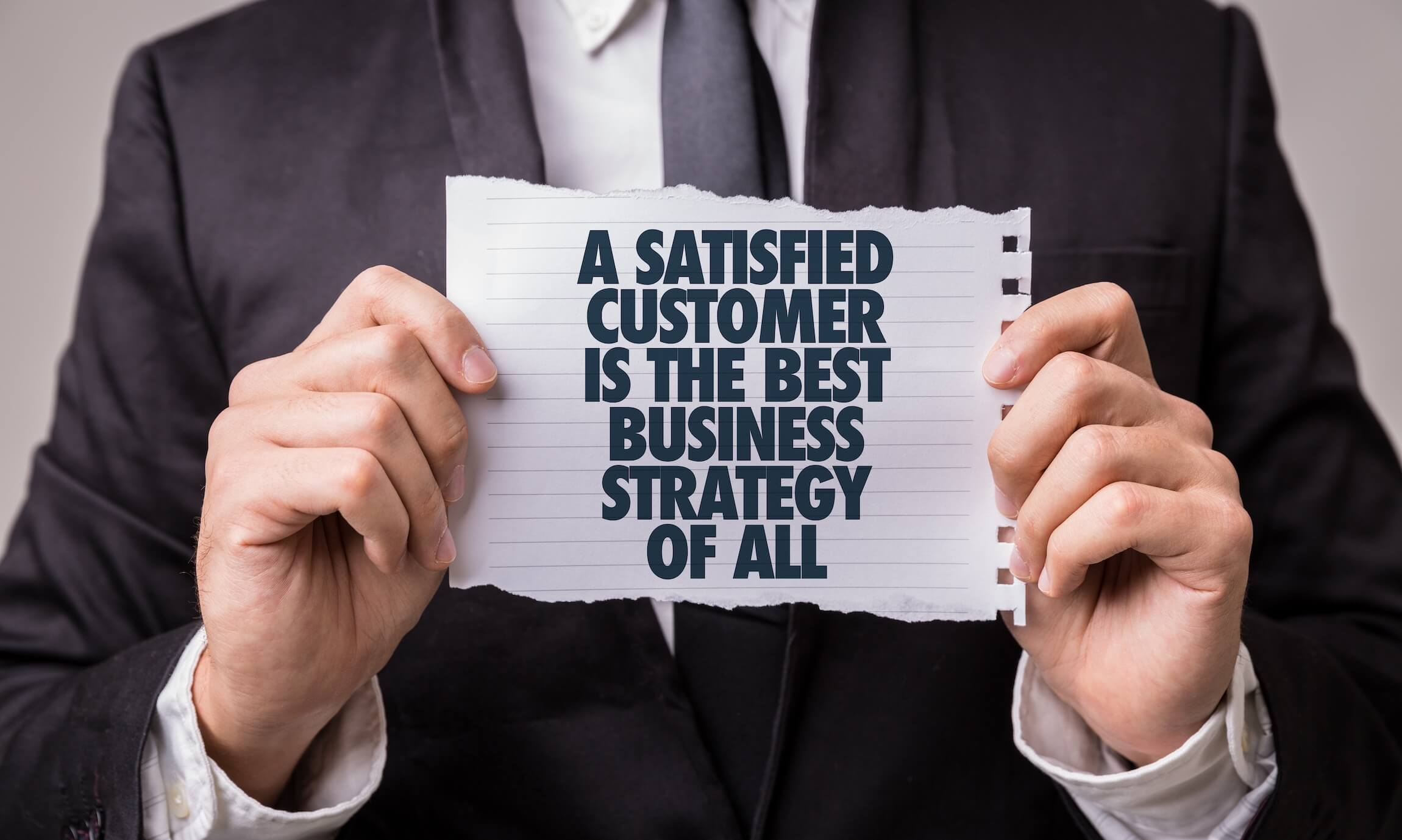24 September, 2024
Investing in your client relationships
Client Relationships are one of the best business strategies to have. Over the past two decades, I’ve worked with some of the world’s biggest brands, including Coca-Cola, Allianz, and Domino’s, to develop their brand and communication strategies. As part of the leadership team at an independent agency, I helped grow the business from 28 to over 60 people while increasing profit margins and building a cohesive team.
I learned then that success in advertising is built on trust — understanding your client’s business inside out, aligning your strategy to their vision, and delivering results that drive future growth.
I’ve seen first-hand that trust is the foundation of every successful business relationship. It’s what turns a hesitant client into a long-term partner, and without it, even the most promising opportunities can unravel.
Trust isn’t earned through flashy campaigns or overpromising; client relationships are built through consistent, honest engagement and a deep commitment to client success.
The strategies I’m sharing in this article are tried and tested methods that have helped me build unshakeable trust with my clients. By applying these principles, you can strengthen your client relationships and, in turn, see your business thrive.
Let’s dive into the specifics.
1. Build Trust from the First Interaction
The first interaction with a client sets the tone for your entire client relationship. You are under the microscope from the moment you connect, whether via email, a phone call, or an in-person meeting. Clients want to know that they’re dealing with someone real—someone who not only has the expertise to solve their problems but genuinely cares about their success.
To make a strong first impression:
- Be clear and direct: Clearly articulate what you can deliver and how you will do it. Avoid vague promises and provide specific, no-nonsense explanations of how you’ll meet their needs.
- Respond promptly: When a potential client reaches out, reply quickly with a thoughtful, detailed response demonstrating your understanding of their challenges and how your services can address them.
- Show transparency: Transparency from the outset builds trust. Outline your process, set realistic expectations, and show you have nothing to hide. This approach assures the client that you’re invested in their success.
Trust is earned from the very first interaction. Being clear, prompt, and transparent will establish a solid foundation that will keep clients engaged. When clients feel they can trust you right from the start, they’re more likely to commit to a lasting partnership.
2. Use Language That Reflects Value
The words you choose directly influence how clients perceive your services. Many advertising agencies I speak to are unaware of language that damages their reputation rather than enhancing it.
Tim Williams gives clear advice on moving from ‘Cost Based Language’ to ‘Customer Value Language’.
Here are some examples:
| Cost Based Language | Customer Value Language |
|---|---|
| Cost | Price |
| Estimates | Talent |
| Hours | Results |
| Rates | Solutions |
| Billable Time | Outcomes |
| Time of Staff | Metrics of success |
Small adjustments in language can transform your work from being seen as a cost to being viewed as an investment in their success.
3. Understand Emotional Decision-Making
Clients often make decisions emotionally, justifying them later with logic. Understanding this is your secret weapon in building trust. It’s not enough to just present the facts and figures; you must understand how they feel.
In his book “Thinking, Fast and Slow,” Daniel Kahneman popularised the concept of two distinct thinking systems: System 1 and System 2. System 1 is like the “autopilot” of your mind. It makes quick judgments based on past experiences, emotions, and readily available information. System 2 is slow and deliberative. The conscious “thinking” part of your mind processes information, carefully weighs options, and makes calculated decisions.
Here are three ways to deepen your understanding of your client’s decision-making process:
- Connect on an emotional level: You need to address the drivers behind your client’s decisions—their desire for success, fear of failure or need for reassurance.
- Instil confidence and security: Make your clients feel secure in working with you. If they show hesitation, acknowledge it. Use it as an opportunity to educate the client through their challenges.
- Address uncertainty directly: When a client seems unsure, recognise it. Say, “I understand this is a big decision, and feeling uncertain is normal. Here’s how we’ve helped others in your position succeed.” This approach strengthens their trust in you.
Your job isn’t just to deliver the numbers but to create an environment where they feel assured they’re in the right hands. If you make them feel confident, they’ll buy every time.
4. Master Client Communication
The engagement you set from the very first day will influence how your client perceives you throughout your relationship. Make every interaction count whether it’s a well-crafted email, a professional and engaging meeting, or a compelling pitch.
You can achieve this by:
- Focus on the client’s needs: Before offering solutions, invest time in understanding the client’s business and specific challenges. This shows you’re not just aiming to close a deal, but genuinely committed to their outcomes.
- Personalise your approach: Tailor your interactions to address each client’s unique goals. Demonstrating that you’ve done your homework builds adds a bespoke touch to your service.
- Craft every interaction carefully: Whether it’s an email, meeting, or pitch, ensure each communication is professional, engaging, and aligned with the client’s expectations. Be wary of overly relaxed in communications and be conscious of spelling/grammar.
Every touchpoint becomes an opportunity to strengthen your relationship with the client and lays the groundwork for a long-lasting and fruitful partnership.
5. Practice Active Listening
Listening is often more powerful than speaking. Active listening means fully concentrating, understanding, responding, and then remembering the client’s words. This ensures that you’re addressing their real concerns, not just those you assume they have.
Here’s how to practice active listening effectively:
- Be Present: During conversations, eliminate distractions and focus entirely on the client. This shows that their concerns are your priority.
- Avoid Interrupting: Let the client fully express their thoughts and concerns without cutting them off. This shows respect and allows you to gather all necessary information.
- Echo Key Points: Reinforce understanding by repeating back key details. Simple phrases like, “So what I’m hearing is that your primary concern is…” can show that you’re truly engaged and focused on their needs.
When you shift from hearing to active listening, you deepen your understanding of the client. Your clients be more likely to trust your advice and see you as a reliable partner.
Building Unshakeable Trust is a Continuous Process
Trust is the most valuable currency you have. From the very first interaction, how you communicate, understand their emotions, and actively listen will determine the strength of the trust you build.
Always remember that trust is much easier to maintain than rebuild, so start strong and nurture that trust throughout your relationship.
By following these steps, clients who trust you will likely stay loyal, refer others, and continue investing in your services.
Further reading on Client Relationships can be found in this Forbes article






